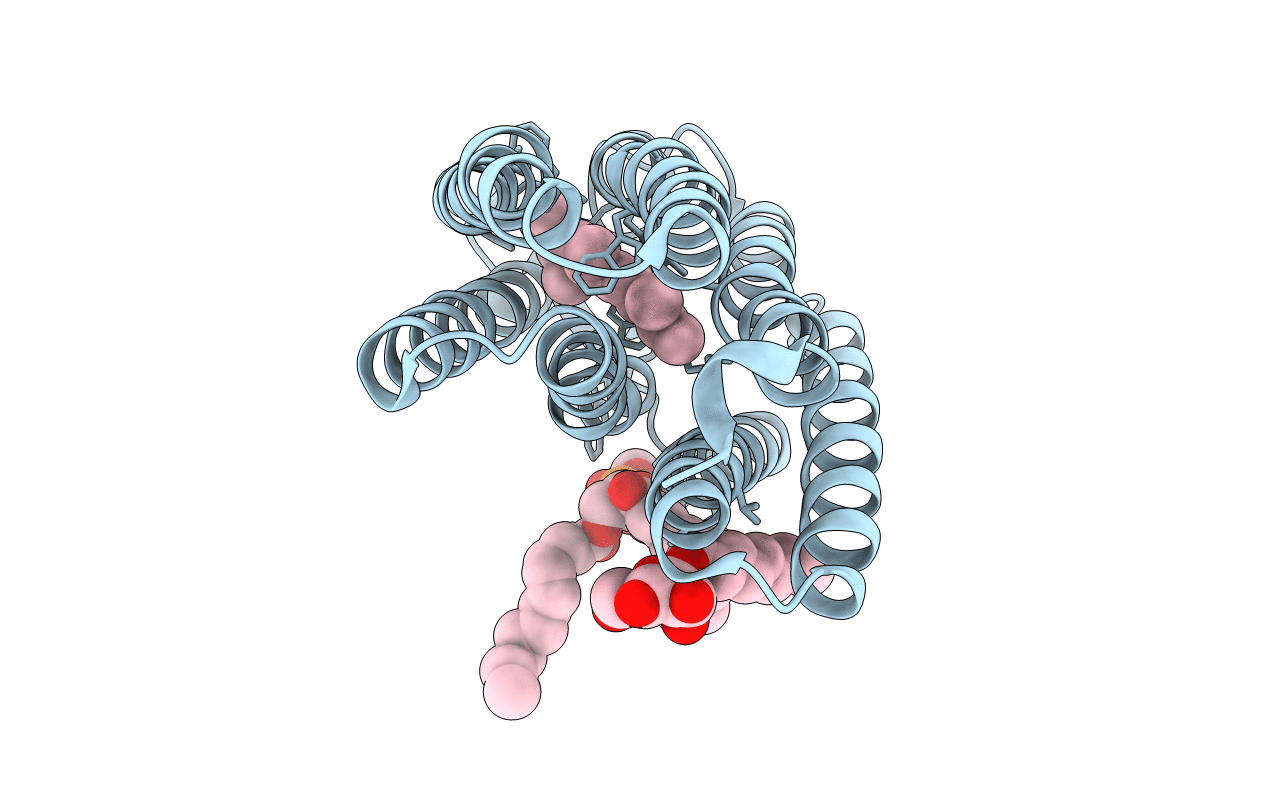
Deposition Date
2011-11-27
Release Date
2012-05-09
Last Version Date
2024-11-20
Entry Detail
PDB ID:
3UTW
Keywords:
Title:
Crystal structure of bacteriorhodopsin mutant P50A/Y57F
Biological Source:
Source Organism:
Halobacterium sp. (Taxon ID: 64091)
Host Organism:
Method Details:
Experimental Method:
Resolution:
2.40 Å
R-Value Free:
0.24
R-Value Work:
0.20
R-Value Observed:
0.20
Space Group:
C 2 2 21


